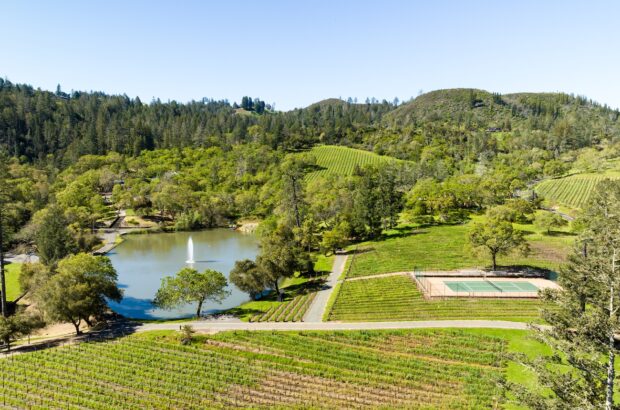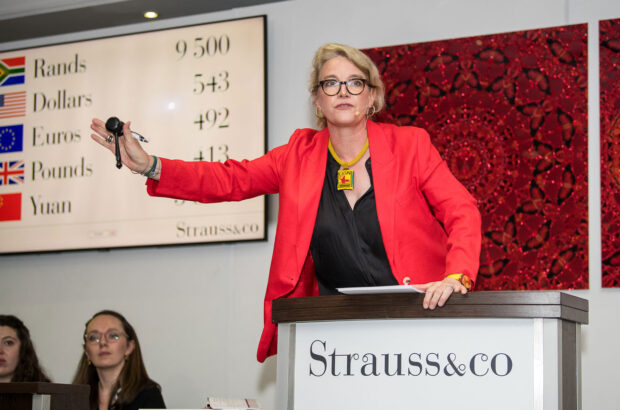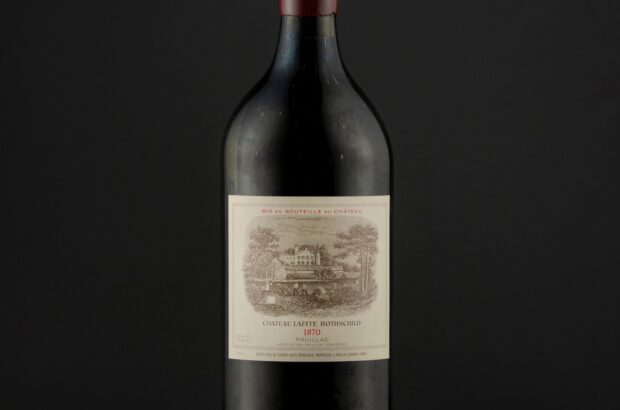In partnership with ARAEX Grands
Whether you’re jetting off to Spain this summer, or simply enjoying a glass of Rioja in the garden at home, it’s important to know what you’re letting yourself in for when you pick up a bottle of Spanish wine. See below for our quick and easy guide to Spanish wine labels…In partnership with ARAEX Grands
How to read a Spanish wine label
The label is your friend and guide — it’s not there to confuse you, it’s there to tell you what’s inside the bottle and where it’s from.
Going deeper, you might want to know how the wine was made — for example, did it spend some time in oak?
See below for a quick lesson on Spanish wine labels, with a little extra on Rioja reds and Cava…

Credit: Araex
A quick Spanish lesson — key terms you need to know
Bodega Winery or wine cellar. Adega is another word you might see, which also means winery.
Cosecha The year the wine was made; the vintage or harvest, also referred to as vendimia.
Denominación de Origen (DO) Some wines will have DO labelled after the name of the region, meaning that this is a quality-controlled appellation that has been awarded a higher status of winemaking. You can also spot a DO wine by the black label on the back, known as the contraetiqueta.
Denominación de Origen Calificada (DOCa) A cut above DO wines, those labelled DOCa must have met tightly controlled and challenging quality criteria. Only two areas currently make the grade: Priorat and Rioja.

Credit: Araex
Joven Translates to ‘young’ and refers to wines not destined for ageing, rules are unspecified about whether they are oaked or not. These are generally drunk during the year of release.
Vino Tinto Red wine. Although Spanish white wine translates directly vino blanco, red wine is not rojo (red), but tinto (dark coloured).
Roble The Spanish word for oak, meaning the wine has spent an unspecified time in oak barrels — usually not very long.
Rosado Rosé wine.
Viejo Literally meaning ‘old’, by law this can only be used on the labels of wines aged for three years or more.
Vino de la Tierra (VdlT) It might seem a bit of a mouthful, but really this just means ‘wine of the land’, and refers to wines from regions that don’t qualify as DOs (yet).
Rioja Unravelled

Credit: Araex
Oak is sacrosanct in the Rioja wine world, and it forms a large part of the character of its red wines. So it’s important to communicate what degree of oak ageing a wine has been subject to, for this there are the following terms:
Crianza The literal translation is ‘bringing up’, which makes sense given that these wines are one step on from ‘joven’ in Rioja terminology. Crianza wines must have been aged for a minimum of two years, with one of those spent in oak casks.
Reserva You can usually expect these wines to be made from a ‘reserve’ of better vintages. By wine law, these red Riojas must be at least three years old; a minimum of one year in oak and the rest in the bottle.
Gran Reserva The ultimate in oaked vino tinto, these wines are made from only the best vintages. To make the cut, they must be aged for for five years or more, which should include at least 18 months in oak casks.
Cava Encounters
The popular Spanish sparkling Cava is made using the traditional method, often written on the bottle as método tradicionel. It’s the same as that of Champagne, which involves sugar being added to the wine after the sediment from its second fermentation is removed.
The label will generally tell you how much sugar was added at this point, and therefore how sweet or dry the final wine will be. Look for these terms to guide you:
Brut Nature, Brut Extra & Brut These French terms are a hangover from the origins of the traditional method. Brut Nature is the driest type of Cava, as very little sugar is added. Brut Extra is the next category up, involving up to 6 grams of residual sugar per litre. Plain Brut Cava may contain up to 12 grams of sugar.
Seco, Semiseco & Dulce Now we’re talking Spanish, Seco meaning dry. This generally contains between 17 and 32 residual grams of sugar, Semiseco Cava can contain 32-50 grams. Finally Dulce takes the prize for the sweetest Cava category, at 50 or more grams of sugar per litre.







